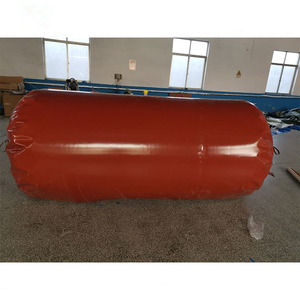Phổ biến trong ngành của bạn








































































Các tìm kiếm liên quan:

































































































































































Các danh mục hàng đầu
Giới thiệu về kỵ khí tiêu hóa thực phẩm chất thải
Đánh giá sự lựa chọn đáng kinh ngạc của hoàn hảo. kỵ khí tiêu hóa thực phẩm chất thải tại Alibaba.com và tận hưởng các thuộc tính ngoạn mục của họ với mức chiết khấu hấp dẫn. Những cái này. kỵ khí tiêu hóa thực phẩm chất thải không chỉ là những phần quần áo khác. Ngược lại, chúng là biểu tượng của sự sẵn sàng về tinh thần và thể chất. Bằng cách đặt. kỵ khí tiêu hóa thực phẩm chất thải trên, người mặc chứng tỏ rằng họ đã sẵn sàng tham gia lớp học karate và cam kết hết mình.
Sự đồng đều đạt được khi các đội mặc vào. kỵ khí tiêu hóa thực phẩm chất thải thêm vào cảm giác chung về sự gắn kết, kỷ luật và trật tự giữa chúng. Chất liệu và thiết kế được sử dụng trong. kỵ khí tiêu hóa thực phẩm chất thải đảm bảo chúng thoải mái và không gò bó khi mặc. Mặc dù ban đầu người đeo có thể cảm thấy hơi kỳ quặc nhưng dần dần họ sẽ quen với chúng. Các. kỵ khí tiêu hóa thực phẩm chất thải tự hào về các loại vải tuyệt vời giúp chúng có độ bền ấn tượng và khả năng chống lực xé.
kỵ khí tiêu hóa thực phẩm chất thải tại Alibaba.com có nhiều lựa chọn nhất có nhiều kích cỡ, màu sắc và kích cỡ. Tất cả thị hiếu và sở thích của người dùng đều có sẵn để trẻ em và người lớn đều tìm thấy sản phẩm hoàn hảo. kỵ khí tiêu hóa thực phẩm chất thải. Chất lượng của những loại vải này là cứng, thoáng khí và ấm cúng, do đó, khuyến khích tất cả những người đam mê võ thuật nên có chúng. Các. kỵ khí tiêu hóa thực phẩm chất thải có thể giặt được dễ dàng, đây là đặc điểm cần thiết giúp nâng cao khả năng duy trì chúng trong điều kiện nguyên sơ.
Hãy chọn Alibaba.com và chứng kiến việc mua sắm trực tuyến thuận tiện nhất. kinh nghiệm. Bạn sẽ khám phá ra những sản phẩm chất lượng hàng đầu mang lại hiệu quả vượt ngoài mong đợi của bạn. Duyệt qua hấp dẫn. kỵ khí tiêu hóa thực phẩm chất thải phạm vi và chọn các đề nghị thích hợp nhất. Nếu bạn điều hành một doanh nghiệp, hãy thương lượng để có những giao dịch tốt hơn được thiết kế cho. kỵ khí tiêu hóa thực phẩm chất thải nhà bán buôn và nhà cung cấp đồng thời mở rộng biên lợi nhuận của bạn.






















